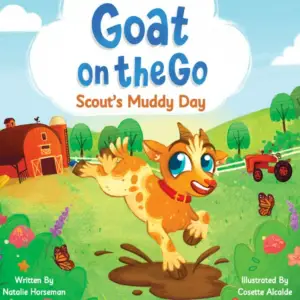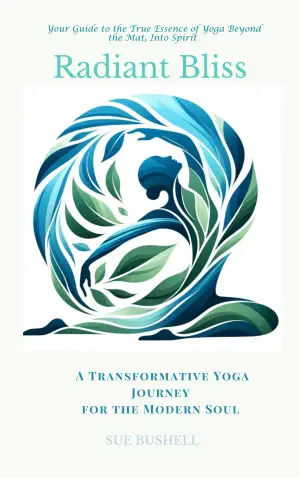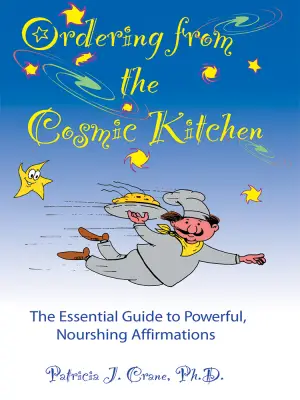Looking for Alaska: A Journey Through the Labyrinth of Youth
John Green’s Looking for Alaska caught my attention long before I ever cracked its spine. As someone deeply invested in young adult literature, I was curious why this particular book has spurred such fervent discussions. Was it truly a modern classic or merely another YA title draped in the shawl of pretentious profundity? With a fair share of excitement and skepticism, I dove in—only to find myself 23 pages in, yearning for the escape hatch. This reaction is exceedingly rare for me, but I felt compelled to sift through this literary adventure in search of something redeeming.
At its heart, Looking for Alaska introduces us to Miles Halter, a self-described misfit whose obsession with last words plays into a deeper longing for meaning. As Miles transitions from his mundane public school life to the posh corridors of boarding school, Green attempts to capture the angst and absurdity of adolescence. However, it’s hard not to perceive Miles as a caricature—spoiled, superficial, and delightfully unaware of his privilege. His interactions with his roommates, particularly Chip "The Colonel" and the enigmatic Alaska Young, are riddled with a kind of crude humor and brashness that could incite laughter—or alternatively, eye rolls.
From the outset, Green crafts a tapestry of characters that seem more like an assortment of tropes than multidimensional beings. Chip, with his "Adonis" looks and tough exterior, quickly becomes the infamous comic relief, while Alaska oscillates between being an intriguing free spirit and an object of desire. I found myself grappling with how Green steers the narrative ship: from Alaska’s reckless abandon, characterized by drunken escapades, to Miles’ relentless infatuation, the emotional depth often feels muddied by overly dramatized teenage hedonism.
The writing style itself reflects a frenetic energy, often darting back and forth between poignant moments and crude dialogue. Green’s prose isn’t bad per se, but it occasionally treads into cringe-worthy territory, swinging wildly between quasi-intellectual musings and adolescent frivolity. For instance, Alaska’s whimsical turn of phrase—“OMG, he honked my boob”—jarringly contrasts with her supposed wisdom as she recites somber reflections on life and death. This clash rendered the narrative uneven, leaving me wishing for greater consistency in tone and character development.
Notable quotes, like Alaska’s mention of “getting out of the labyrinth,” serve as attempts at depth but often feel like vacuous proclamations designed to sound profound. These moments clashed with the reality of both her character and the story’s progression, making it challenging to connect meaningfully with her plight—or any character’s for that matter.
Ultimately, Looking for Alaska may appeal to readers craving a sensational exploration of teenage life drenched in reckless abandon and emotional upheaval. For those looking for a nuanced examination of adolescence, however, it risks falling flat. While elements of the story may resonate with younger audiences, portraying a world that teeters on nihilism, the lack of grounded, realistic character arcs might leave others feeling disillusioned.
In the end, I emerged from this experience contemplative, albeit frustrated. While Green has garnered a considerable following and acclaim for his work, my journey through Looking for Alaska reaffirmed my belief in the rich tapestry of YA literature that strikes a balance between storytelling and authenticity. As I closed the book, I couldn’t help but reflect on the myriad of voices in this genre that challenge readers to grow, despite moments of self-indulgence. If you seek a fast-paced narrative with splashes of humor and drama, perhaps give it a shot. But if it’s substance you crave, you may want to look elsewhere.














